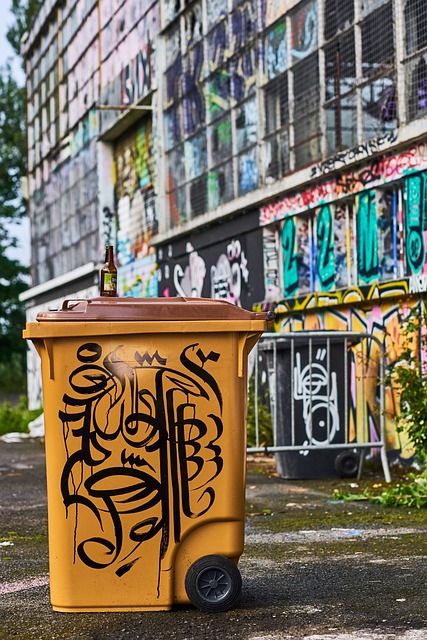Skin tags, benign growths common in areas of friction, can be removed for aesthetic or comfort reasons. In Liverpool, safe removal methods include laser treatments, cryotherapy, and surgical excision. Proper post-care ensures healing and prevents future tags. Maintaining good hygiene and avoiding friction are key to avoiding Liverpool Tag Removal complications.
Are you concerned about unsightly skin tags on sensitive body areas? Understanding their cause is the first step towards effective removal. This article guides you through a safe, comprehensive approach to tackling Liverpool tag removal, offering insights into suitable techniques and post-removal care. Learn how to prevent their recurrence while ensuring your comfort and skin health. Discover expert tips tailored for sensitive areas, allowing you to bid farewell to those pesky tags once and for all.
- Understanding Skin Tags in Sensitive Areas
- Safe and Effective Removal Techniques
- Post-Removal Care and Prevention Tips for Liverpool Tag Removal
Understanding Skin Tags in Sensitive Areas
Skin tags, also known as acrochordons, are small, soft skin growths that typically appear in areas where skin rubs against itself, such as the neck, armpits, and groin. While they are generally harmless, people often seek Liverpool Tag Removal for sensitive areas due to aesthetic concerns or discomfort caused by their presence. Understanding these tags is crucial when considering removal options, especially in delicate regions.
In sensitive areas like the inguinal fold or underarms, skin tags may be more noticeable and prone to irritation. They can also become entangled with clothing or jewelry, leading to discomfort and potential damage if left untreated. Proper knowledge about skin tag formation and behavior is essential for individuals considering removal procedures, ensuring a safe and effective Liverpool Tag Removal experience.
Safe and Effective Removal Techniques
When it comes to sensitive areas, safe and effective skin tag removal is paramount. In Liverpool, several techniques are popular, but it’s crucial to choose one that minimises discomfort and risk of infection. Laser treatments, for instance, offer a precise and relatively painless method, breaking down the skin tag without cutting or scarring. This non-invasive approach is ideal for delicate regions like the neck, armpits, or groin.
Alternatively, medical professionals can employ cryotherapy, using liquid nitrogen to freeze and eliminate tags. Though slightly more intense, it’s a quick process and highly effective. For smaller, milder cases, surgical excision might be recommended, but this leaves a small scar. Always consult with an experienced dermatologist in Liverpool for the best removal technique tailored to your specific needs and skin type.
Post-Removal Care and Prevention Tips for Liverpool Tag Removal
After successful Liverpool tag removal, proper post-care is essential to ensure healing and prevent complications. First, keep the treated area clean and dry; gently wash with mild soap and water, then pat dry with a soft towel, avoiding rough rubbing. Applying a thin layer of over-the-counter antibiotic ointment or vaseline can help moisturize and protect the skin.
To prevent future Liverpool tag removal procedures, maintain good hygiene by regularly washing your skin with gentle cleaners and keeping it hydrated. Avoid harsh scrubs or products that irritate the skin. Additionally, be mindful of clothing friction in sensitive areas, opting for soft, breathable fabrics to reduce the chances of tag formation or irritation.
Skin tags on sensitive areas can be a nuisance, but with the right approach, safe removal is achievable. Understanding these growths and employing effective techniques like freezing or surgical excision ensure positive outcomes in Liverpool tag removal. Proper post-care and preventive measures further reduce recurrence, allowing you to enjoy smooth, comfortable skin. Remember, seeking professional advice tailored to your needs is key for successful Liverpool tag removal.
